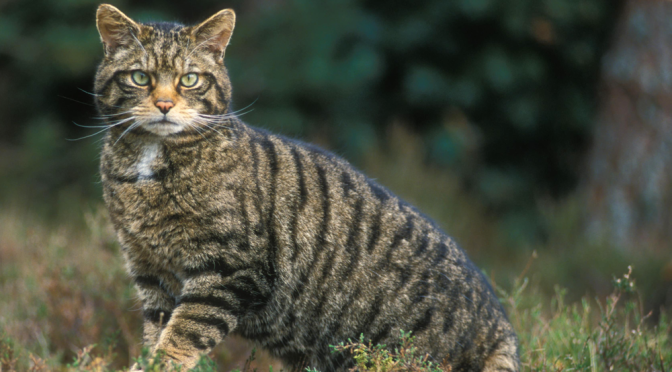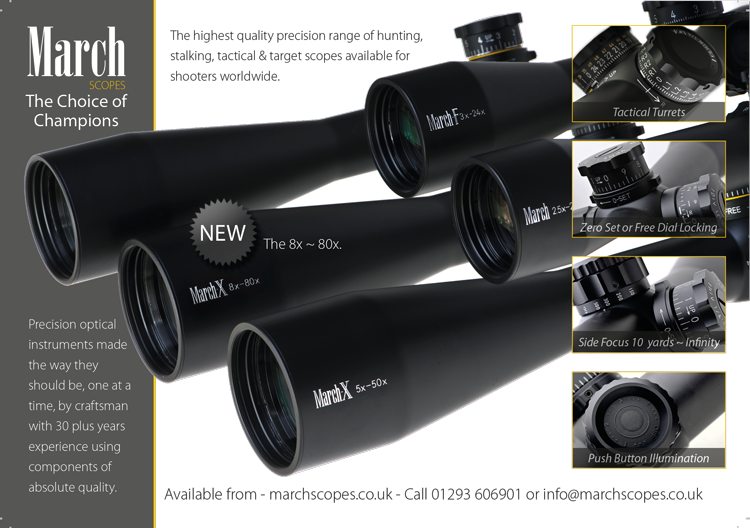An occasional series in which editor Vince Bottomley and others explore their favorite wildcat cartridges which may appeal to target shooters as well as hunters.
About four years ago, we ran an article wherein Aussie shooter Richard Wild and I had a look at the fabulous ‘sixes’ – those 6mm wildcats that have made their name on the ranges – like Bill Shehane’s 1000 yard BR record-breaking 6-284, the fantastic 6mm Dasher,the 300m 3P 6mm Swiss Match, its close neighbour, the 6-6.5×47 Lapua, 243 Win. Improved and, one of my own – the 6mm Xtreme.
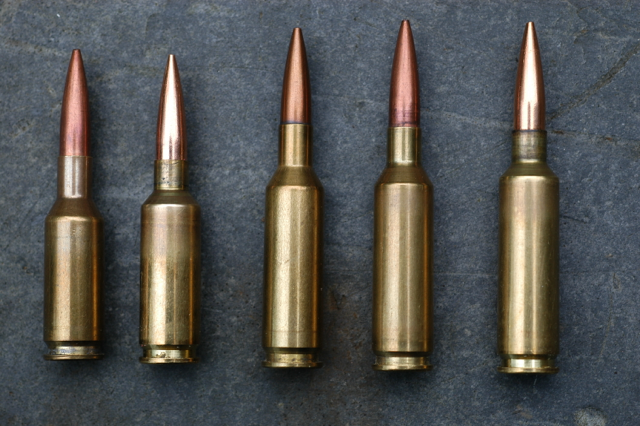
All these cartridges have one thing in common – correction, they have a few things in common:
- They are all capable of outstanding accuracy even out to extreme ranges.
- They are particularly pleasant to shoot – i.e. low recoil.
- They are relatively cheap to feed – but see below…………
- They sometimes have an unhealthy appetite for 416 stainless-steel!
- But let’s not get to obsessed with barrel-wear – who cares if you’re winning matches?
I tend to use my ‘sixes’ for 600 and 1000 yard benchrest, which is much harder on barrels than say F Class or hunting – where the barrel gets time to cool a little between shots – no such luxury with benchrest. However, most will double-up as an effective F Class cartridge but, we must be realistic – don’t expect to stay with the big ‘sevens’ at extreme ranges.
Yes, I know, the 6mmDasher still holds 1000 yard benchrest records but benchrest ain’t F Class and that tiny bullet gets kicked all over the range when the wind blows……..
When Bill Shehane set his 1000 yard benchrest world record of 3.142 inches with his 6-284, it opened another chapter in long-range cartridges and I just had to have one – my very first wildcat (if you discount the 6PPC – probably the world’s most successful 6mm wildcat!) The 6-284 didn’t disappoint but wow – did it eat barrels! Bill recommended the 107gn Sierras (with the thicker jacket) at about 3250fps and barrel-life would be around 500 rounds! The ‘donor’ brass, the 6.5-284 is now available from Lapua and it isn’t exactly cheap but, back in the day, we were stuck with 284 Winchester – say no more……
After my third barrel, I tried my shorter version (you don’t anywhere near fill that 284 case) which I christened the 6mm Xtreme, running 115gn DTACs at 3250fps but it showed no measurable improvement in accuracy or barrel-life and it wasn’t worth the extra effort (barrel-life) involved in case-forming. This wildcat can be an expensive pet.
Then, I had a theory. I reckoned I could probably get 3200fps with an Improved 243Win. case. The brass would be a lot cheaper, the powder-charge would be less and the barrel should last a bit longer………….. It sort of worked – I did get 3200fps but, it just didn’t quite have the 1000 yard punch of the 6-284; with a 105 grain bullet though, it was quite effective in 600 yard benchrest competition. Barrel-life was not significantly better however.
One of the problems with wildcats is fire-forming the brass – not a problem in itself but, if barrel-life is around 500 rounds, you can waste a chunk of this just blowing-out 100 cases! Yes, I know, cream of wheat etc. but the shoulders don’t get really sharp until you’ve fire-formed with a bullet. Then you’ve got load development and more barrel-wear………….
Anyway, where is this leading? To my latest wildcat of course. It’s what we call the Smack – Swiss Match Ackley! The original 6mm Swiss Match case, on which our wildcat is based, was developed for three-position shooting where most competitors use the 6mmBR. The 6mmBR is perfect for 300m 3P competition – low recoil, outstanding accuracy but, being a slightly nose-heavy round, it can occasionally tip – causing feeding problems. The Swiss solved it by lengthening the 6mmBR case-body a little but retained the long neck – the Swiss Match was born.
If you buy Swiss Match factory ammunition, it’s actually down-loaded – to replicate the performance of the 6mmBR but, with the larger case-capacity, you can stoke it up a bit and it becomes a useful mid-range cartridge. Like most of the little sixes, low recoil means that you can run the gun quickly and that makes the Swiss Match a possible rival to the 6mmDasher at 1000 yards – with no case-forming.
On the downside, the SM brass is expensive, not widely available outside Europe (you have to buy a 1000) and uses a large primer – and that limits just how far you can push it. Solution – form the brass from the Lapua 6.5×47 case (small primer) and you can really get some velocity out of it – like nudging 3200fps with a 105gn bullet! Try and run your large primer Swiss Match at these velocities and you’ll be spitting primers……..
So…….. what if? What if we shortened that oh so long 0.333 inch neck to just 6mm (0.236 in.) and did a Mr Ackley on the 30 degree shoulder? That would give us a useful gain in capacity and that small primer should take the pressure much better.
A reamer was soon on its way from the helpful Mr. Kiff at Pacific Tool & Gauge. Although most of my competition cartridges are ‘tight-neck’, I’m beginning to wonder just how necessary this is. Yes, I will always neck-turn for 6PPC but, with the exceptional standard of Lapua’s factory brass, I’m beginning to move away from neck-turning. So, for the Smack reamer, a ‘no-turn’ neck – which, for me, is three thou. (0.003 in.) larger than a loaded round. This measurement is arrived at by seating my chosen bullet into five cases, measuring across the neck, taking the average diameter and adding three thou. With top-quality brass from Lapua, this method is very reliable.
Reliable? You may be thinking “A bit risky that – a mistake with a rogue ‘fat-neck’ case could be a disaster”. Reader, I agree. So, I always make myself a ‘gauge’ – from that one-inch you have to cut off the end of your barrel before it’s crowned. It usually goes in the scrap-bin but if you run the reamer in as far as the shoulder then mill out a slot at the case-mouth you have a very useful tool (see pic). Make sure every loaded round will easily slip into this gauge. These gauges are also useful for monitoring case-growth and bullet-seating depth and shoulder-bump. Get your gunsmith to make you one next time you have a barrel chambered – shouldn’t cost much.
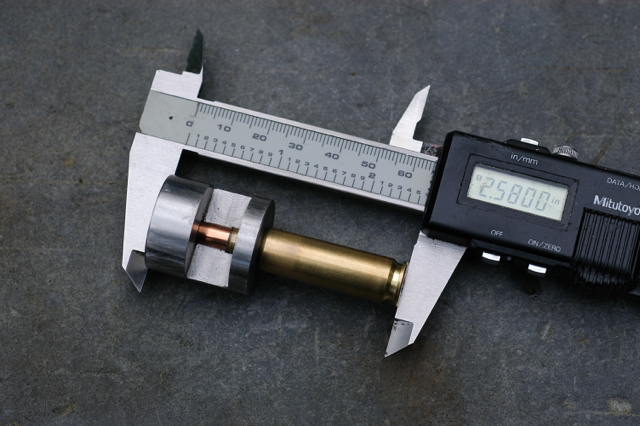
Another advantage of the no-turn neck – eliminating the chore of neck-turning -means that you are apt to change your brass more often and, nothing shoots like new brass! The alternative would be annealing – something I’ve avoided but I’m beginning to wonder if I should give it a go. More competition shooters are turning to annealing to rejuvenate tired brass and the new annealing machines and Tempilaq paint take away the hit ‘n’ miss risk of the old methods.
I decided on 31 inches for barrel-length and chose a heavy-profile Bartlein – 1.25in. at the breech, tapering to an inch at the muzzle. It just makes benchrest Light Gun (17lbs) with a BAT M action, Leupold 35X scope and Shehane wood-laminate stock. The Smack showed so much promise that I now have a second gun – for F Class, utilising a Trueflite ‘barrel-block’ stock – which is a bit heavier but still well within the 22lbs (10kg) F Class Open weight. I also built a third Smack for a fellow shooter using a Stiller Viper action for 1000 yard benchrest.
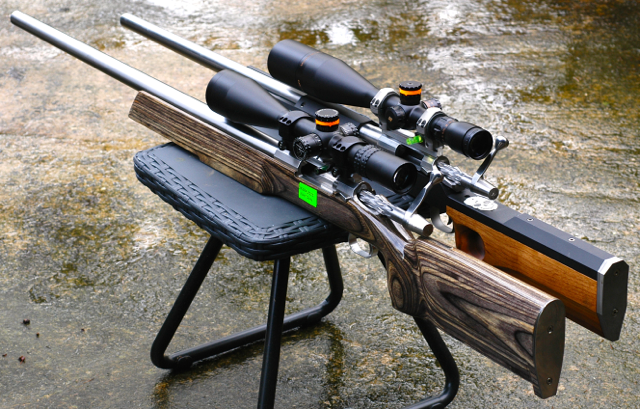
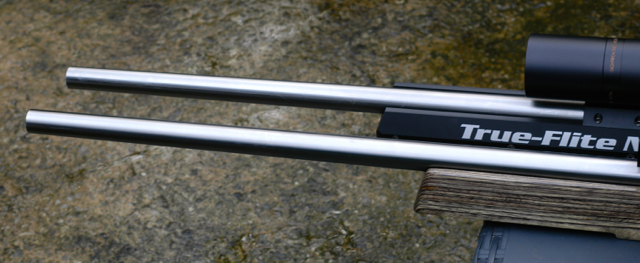
The Smack case is a fairly radical fire-form – a bit like the Dasher. The best way is to create a false shoulder part way down the neck of the 6.5×47 Lapua case – so that it’s really tight when you chamber the case. Half-fill it with your favorite fast pistol-powder – like Bullseye and a wax plug in the neck (to stop the powder falling out!).
When you do your fire-forming, it’s best to hold the rifle with the muzzle vertical when you pull the trigger – so that the loose powder is covering the primer. Be sure to let the Range Officer know exactly what you are up to! Shove a couple of wet patches through the barrel every five shots and a couple of patches to dry it. If you don’t, the barrel gets horrendously filthy.
This method will create a decent fire-form but the shoulder won’t be sharp until you’ve shot with a bullet but good enough for some initial load development and running-in the barrel.
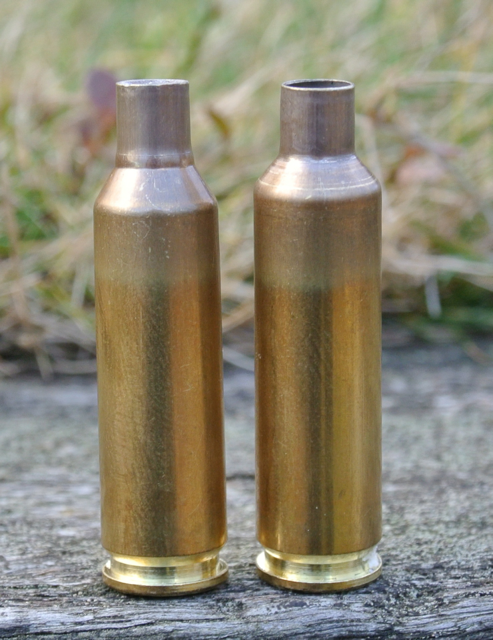
One of the great problems with wildcats is the availability of reloading dies, which are not always available off the shelf. However, for the Smack I made my dies by shortening Redding 243AI body-die and a Wilson 243AI hand-die for seating the bullet.
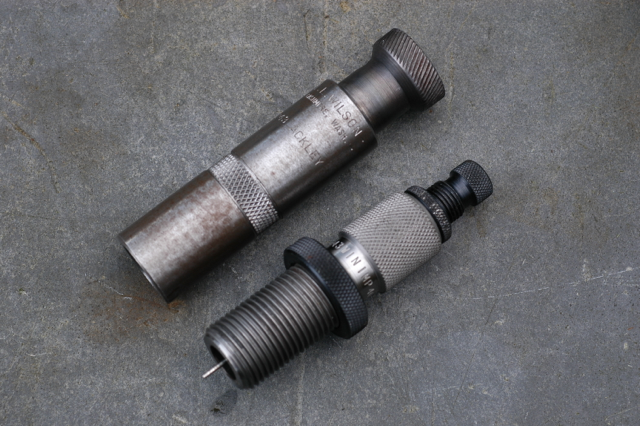
I must confess that I’ve already had one or two rifles chambered in 6-6.5×47, which is close to the Smack so I have a pretty good idea of what I’m looking for powder-wise. We have a new powder in the UK called Elcho 17. It’s close to Reloader 17 – though I haven’t made any direct comparisons but, it’s proving to be a superb powder in little ‘sixes’ giving outstanding velocity and accuracy.
The 6-6.5×47 will push a 105gn bullet at almost 3200fps and my goal was to see 3300fps on the chronograph with the Smack – I did – and more! Bolt-lift was fine but how long would the brass last at those pressures! (I also tried the 108gn 6mm Berger but in both my rifles, the 105 gn. VLD has the accuracy edge). I soon found a pretty good load around 3300fps but time was of the essence as I had a 1000 yard BR shoot in one week’s time – the last of the season.
WARNING – as always, work up loads slowly and watch for pressure signs. Loads were safe in my rifle but your rifle/barrel combination may react differently to mine.
For once, we have enjoyed a decent summer in the UK but, for the weekend of the benchrest shoot, the temperature had plummeted and rain was expected. My detail was in the afternoon and a steady drizzle was now blowing into the firing-point and wetting everything. The wind wasn’t too bad but it was fishtailing and often that’s more difficult to shoot in than a strong cross-wind. Best group in the morning detail was 7.459 inches.
After a few sighters, it was time for the first group. Off the Seb NEO front rest, recoil was negligible and I could run the gun fairly fast. My first group confirmed my expectations for the little Smack – 7.8 inches. My best of the day was a 6.8 incher and I took second place in Light Gun.
My load development was minimal and I’m sure some fine-tuning would be beneficial but, I’m always conscious of barrel-life. I’ve been reading about tuners on F Class and 1000 yard benchguns – which can reduce load-testing, so maybe this will be my next step.
My F Class Open gun was built on a Trueflite ‘barrel-block’ stock and I thought I would use a Remington 700 action I had lying around. However, it just wouldn’t take the pressure like the BAT and I had to back-off the load a full grain. However, in its first competitive F Class outing at 800 yards, shooting off a bi-pod (with a light-recoiling rifle, I’m happy to shoot off a bi-pod rather than dragging a massive Seb NEO rest around!) I ended up with a score of 97 with 7 V bulls – only beaten by a 284Win. Until shot 18 I had only dropped one point but a sudden wind gust – which I never saw on the flags – took me out into the 4-ring. I still didn’t believe it and paid the price – when shot 19 went in almost the same place – another 4! I finally accepted that the wind had picked-up and finished on a V.
I’ve now had twelve months shooting the Smack in F Class competition – though I ditched the Remmy action in favor of a little BAT S which copes with the pressure much better. Yes, at extreme ranges – 1000 yards – your tiny 6mm bullet will be punished in blustery conditions but, out to 800 yards, the Smack is an excellent cartridge.
As stated, I’ve always used the 105gn Berger VLD but, as frequently happens in the UK, supplies ran out – panic! I had a couple of alternatives – the 6mm A Max or the Lapua Scenar L. I invested in a box of each and, with my last few Bergers, I did some test groups at 600 yards. The Lapua Scenars matched the Bergers but the A Max groups were clearly larger. My next shoot, at 800 yards using the Scenars, produced my only ever F Class maximum score – a 100 with 11 V bulls. Yes, the bull is a full ten-inches in diameter and it was a nice – but not flat calm – day but, once again, the little Smack impressed me and so did those Scenars!
After around half a dozen different ‘sixes’ I’m beginning to think that the 6mm Smack might just be my perfect 6mm wildcat………….. Incidentally, I’ve already tried a 22 Smack – it’s an awesome cartridge with an 80 grain bullet, though in reality, it gives little, if any, gain over the smaller 22 Dasher and again, dies are a problem.
If the Smack has a draw-back, it’s case-forming. It’s time-consuming and costly – in terms of bullets, powder and barrel-life. If it wasn’t for that, the Smack would be a very popular cartridge. But, is there an alternative? David Tubb’s 6XC is so close to the Smack in case-capacity that it probably makes no difference. Next month, we’ll have a look at this 6mm cartridge in more detail.

